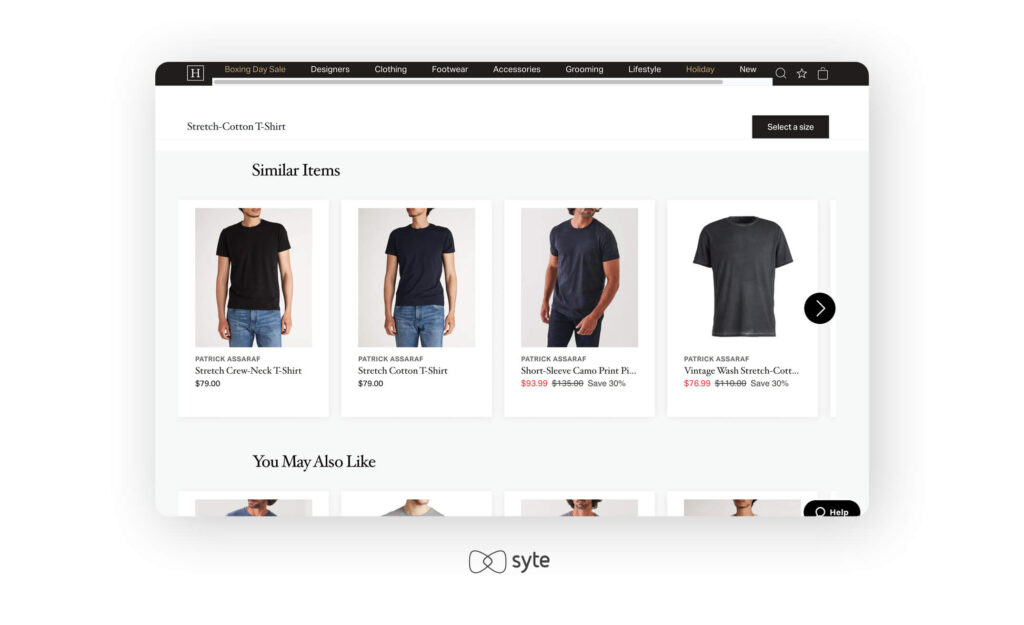Predictive targeting is a subset of predictive analytics that uses artificial intelligence, statistics, and customer data to predict what a customer might want or need in the future. Its goal is to show the right product to the right customer on the right platform at the right time with advertising. In addition to looking at shopper behavior, predictive targeting also utilizes machine learning techniques to anticipate market trends. With the knowledge acquired from predictive targeting, businesses can optimize their spending and marketing strategies, and better target their audience.
Why It Matters
Personalization sounds simple in theory but is difficult to execute, especially because you are anticipating needs while processing big data. It takes tremendous resources to determine the best experience for customers, from conducting experiments to analyzing the resulting data.
Predictive targeting takes advantage of this massive data by generating relevant insights that inform eCommerce strategies. This is regardless of the nature of data, be it demographic or behavioral. It also considers third-party information, which then results in a richer view of your customer’s buying patterns and preferences.
What’s more, predictive targeting can be akin to taking the initiative compared to retargeting. Instead of reacting to trends, you can predict what customers will want or need ahead of time based on previous behavior and persona created through multiple channels. This gives brands and retailers a competitive edge and time to prepare their ad placement and targeting.

How It Works
Predictive analytics covers predictive targeting. To display relevant, anticipatory marketing ads, algorithms process massive amounts of data and identify patterns to predict future outcomes with conviction. Marketing campaigns can then be more personalized and relevant based on the information gathered from segments of the target audience. This can be done faster and more accurately compared to what the human brain can process manually.
Benefits of Predictive Targeting
Here are some of the advantages to using predictive targeting for your brand:
- You can anticipate customer wants instead of reacting to trends. Brands and retailers have the information based on the data gathered on individual customers. This includes shopping behavior, browsing history, and location, among others. With an understanding of your shoppers and a forecast of their needs and desires, you can push for contextual discounts and promotions as well as other marketing strategies without being annoying.
- Brands can save on marketing and advertising costs. Because the campaigns are only shown to target audiences that are likely to buy after seeing the ad.
- Businesses can maximize investments made in predicting targeting capabilities. Not only can it be used in increasing engagement and sales from effective ads, but the generated insights can be further applied in every part of the business—from inventory management and supply chain to customer-facing user experiences.